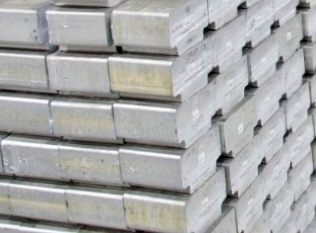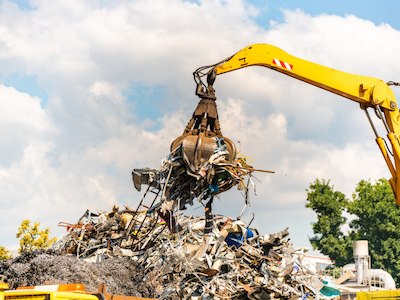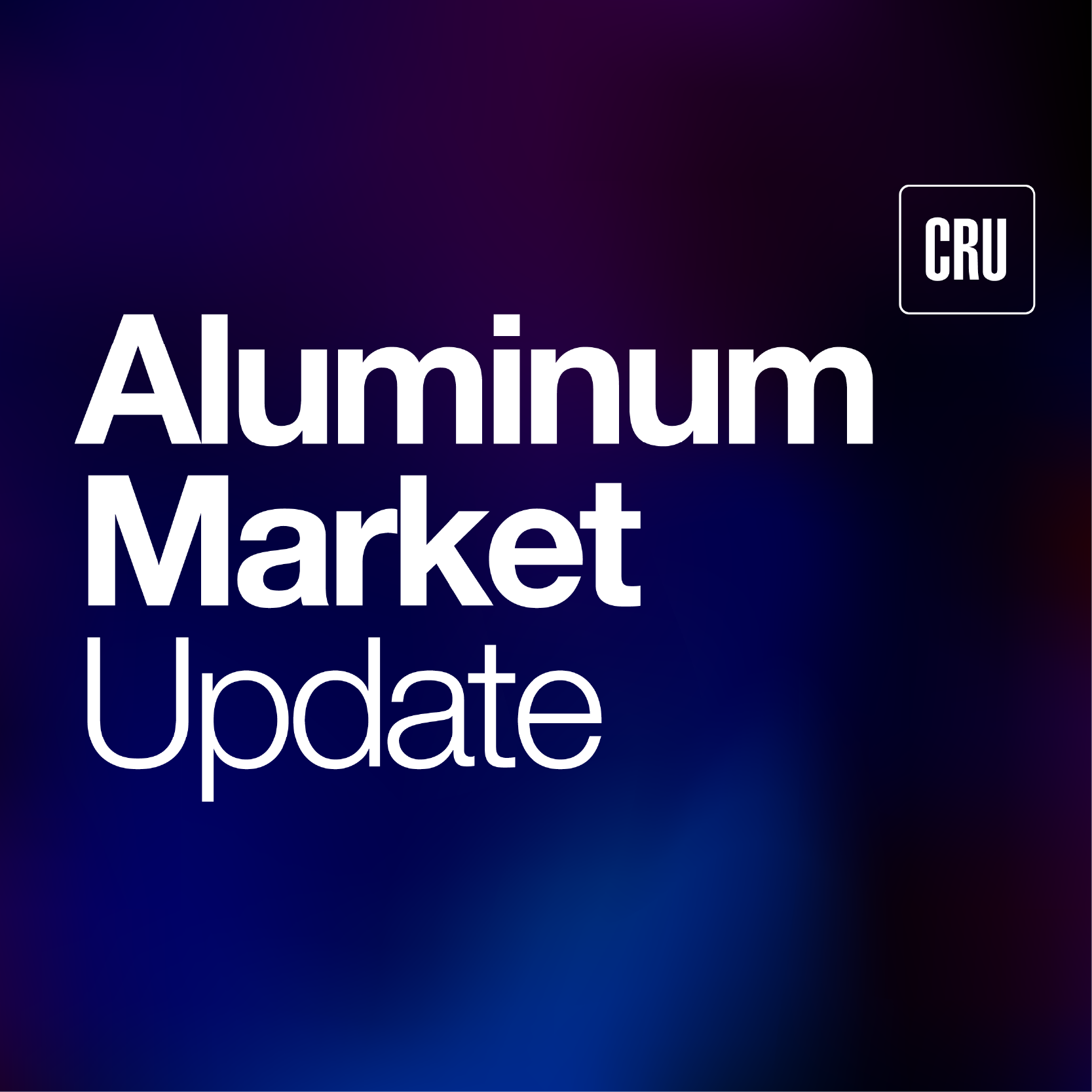Aluminum Scrap Markets

December 6, 2024
Domestic markets brace for mounting challenges
Written by Gabriella Vagnini
Aluminum scrap market: UBCs and alloys under pressure
The aluminum scrap market, especially for used beverage cans (UBCs), is heading into 2025 with mounting challenges. High premiums, tight supply chains, and trade uncertainties are straining the market. Industry sources say major manufacturers are now paying upwards of 80% of MWUSTP for UBCs, a big jump from the 62% spot prices seen at the start of 2024.
Early negotiations for formula deals for 2025 for UBCs, we’ve heard, are starting in the 80% range with expectations of further increases in the first quarter. Suppliers who held back sales in late 2024, hoping for a market correction, now find themselves with limited availability and rising costs, worsened by broader economic issues.
Beyond UBCs, other aluminum alloys like 5052 and 3003 are also seeing supply constraints. We’re hearing that 5052 are currently between 90%–92% of MWUSTP, while 3003 is trending higher, reportedly at 94% or more.
Adding to the strain is the declining recycling rate for UBCs. Beverage cans, once a steady source of recycled material, are increasingly ending up in landfills instead of processing plants. The Aluminum Association said, in a press release this month, that only 43% of aluminum cans shipped in the U.S. in 2023 were recycled. Since 1990 the average had been around 52%. This trend is a major threat to long-term supply. While some companies are investing in advanced recycling facilities to make the most of what’s available, the question remains: Where will the material come from?
Primary aluminum: Flat prices and tariff troubles
Primary aluminum prices are flat and while the market seems to be bullish on Midwest Premium, it seems unlikely to reach the levels that they are hoping for. On top of that, trade policies and the potential for new tariffs are creating further uncertainty.
While current tariffs on steel and primary aluminum have created headaches within the metals market, new concerns now surface as President elect-Trump threatens to extend additional tariffs on China, as well as Canada and Mexico. These measures, intended to address global trade imbalances, could drive up costs domestically and restrict supplies, including aluminum scrap.
Another concern is the new export bans China placed on gallium, germanium, antimony, and superhard materials. Could this set a precedent for broader restrictions on raw materials? With China being the world’s largest alumina producer, any disruptions from these policies could have far reaching effects.
Broader market challenges: Automakers and economic headwinds
The automotive sector is adding layers of complexity to the market as well. Stellantis is navigating layoffs and holiday closures while searching for a new CEO after the current one’s resignation.
Meanwhile, Nissan’s financial troubles are raising alarm. If the company doesn’t see progress in 2025, some believe it could close its doors entirely.
Union negotiations and the fallout from the United Auto Workers (UAW) strikes are also creating ripple effects.
Many OEMs remain cautious and concerned, with auto company buybacks that are said to be considerably off.
Transportation is one of the largest consumers of aluminum in the U.S., making it clear that challenges in the auto industry will inevitably place added pressure on both the primary and secondary aluminum industries.
The road ahead: High stakes for 2025
As the industry moves into 2025, uncertainty remains the dominant theme. The “what ifs” of late 2024 have shifted to questions like: How long will this last? How high will prices go? How tight will supplies really be?
The coming weeks will be critical for suppliers and buyers alike. Those who act quickly to secure material may avoid the worst of the squeeze. But for those who continue to hesitate, the consequences could be steep, with higher premiums, tighter availability, and an increasingly unpredictable market.






